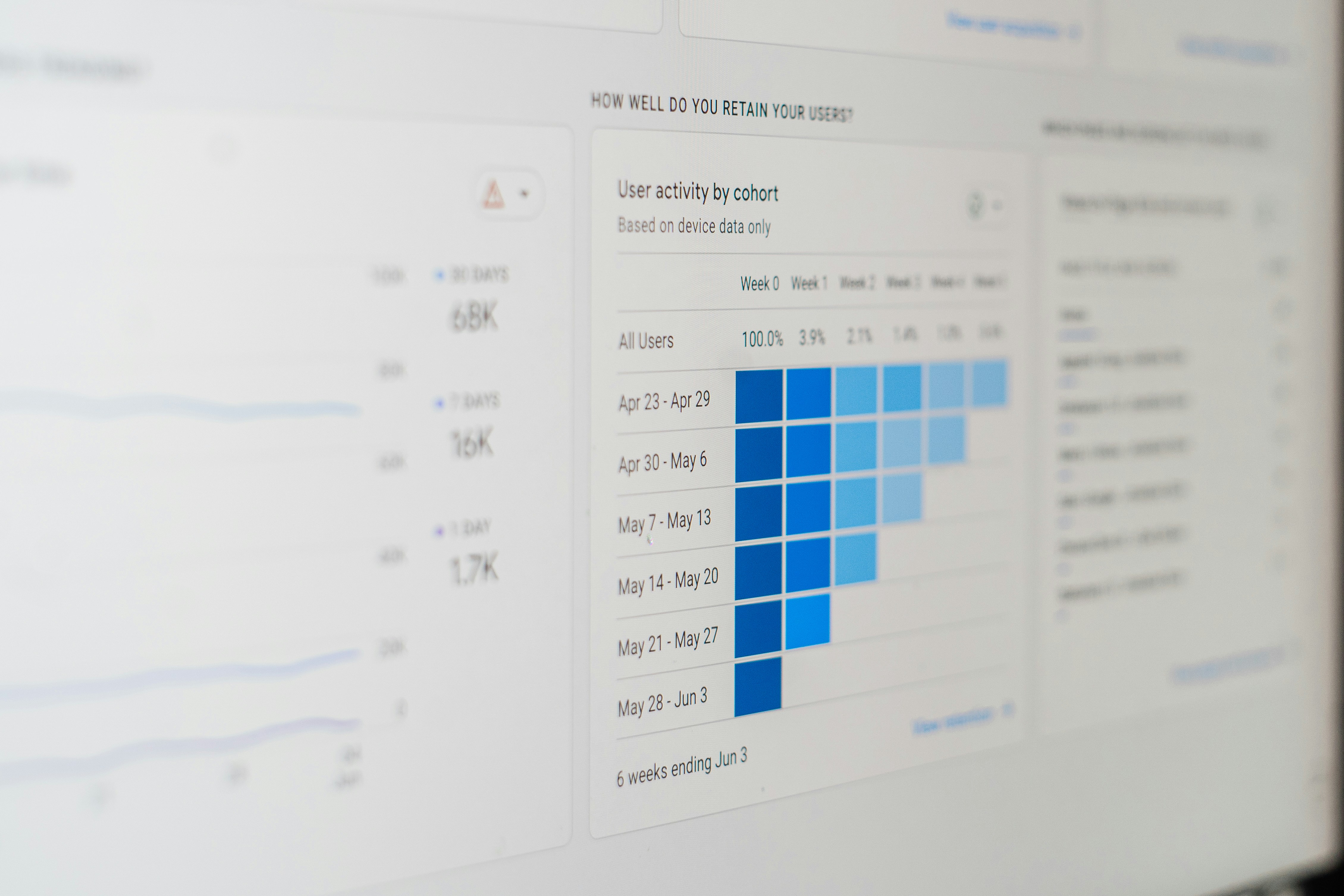
Understanding Adobe Inc. and Its Market Position
Adobe Inc., a seasoned player in the technology and creative industries, has earned its reputation through innovative products and influential market strategies. Founded in 1982, the company has transitioned from traditional software delivery methods to a subscription-based model, aligning with contemporary consumption trends. Adobe’s core offerings are segmented primarily into Digital Media, Digital Experience, and Publishing, which collectively drive its robust revenue streams.
In the Digital Media segment, Adobe’s flagship products, including Photoshop, Illustrator, and Premiere Pro, are essential tools for creatives across various industries. These applications are vital for graphic design, video editing, and photography, catering to both professionals and enthusiasts alike. The Digital Experience segment encompasses Adobe Experience Cloud, a suite designed to provide businesses with tools for marketing, analytics, and artificial intelligence. The critical integration of these services enables organizations to enhance customer engagement and optimize their operations, thereby increasing the value they derive from Adobe’s solutions.
The Publishing segment, although smaller, still represents a significant part of Adobe’s offerings, promoting content creation and dissemination across digital platforms. Adobe’s commitment to innovation has positioned it favorably within these segments, allowing the company to maintain a competitive edge against other major players in the market, such as Corel, Canva, and Salesforce. Notably, Adobe’s market share continues to expand, bolstered by its extensive user base and the loyalty fostered by consistent product updates and customer support.
As Adobe navigates the evolving landscape of digital content creation and marketing, its strategic initiatives and product developments will play a crucial role in maintaining its market position. Competitors must continuously adapt to these changes, ensuring that Adobe’s stock performance remains a critical area of focus for investors and analysts alike.
Recent Trends in Adobe Stock Performance
Over the past year, Adobe’s stock has exhibited considerable volatility, reflecting both internal company performance and external market conditions. Beginning in October 2022, Adobe’s stock price started at approximately $290 and experienced fluctuations largely driven by its quarterly earnings reports. For example, the earnings report released in March 2023 demonstrated a solid performance, exceeding analysts’ expectations in terms of revenue growth and net income margins. This positive outlook led to an immediate price surge, showcasing strong investor confidence.
However, subsequent reports revealed mixed results that contributed to a decline in stock price during the summer months. Notably, the quarterly earnings report in June 2023 reflected slowing growth rates, which led to significant investor selling. The price fell to around $250 by mid-July, highlighting how investor sentiment shifts based on financial performance. These instances illustrate that quarterly earnings are crucial influencers of Adobe’s stock behavior, as they provide insights into the company’s operational health and future outlook.
In addition to company-specific events, broader economic factors have played an essential role in shaping Adobe’s stock performance. The changing dynamics within the technology sector, characterized by increasing interest rates and inflationary pressures, have compelled investors to reevaluate stock positions. As the tech industry faced heightened scrutiny from market stakeholders, Adobe was not exempt. This macroeconomic context led to fluctuating trading volumes, wherein the daily trading volume saw considerable spikes during key announcements, indicating increased interest among investors.
As we continue observing Adobe’s stock trajectory, it is essential to consider how these trends, compounded by significant events within the economic landscape, will influence future performance. The interplay between Adobe’s results and external market conditions indicates an evolving investment narrative, making stock performance analysis increasingly intricate.
Factors Influencing Adobe Stock: Risks and Opportunities
The stock performance of Adobe Inc. is influenced by a myriad of factors, each carrying its own set of risks and opportunities that stakeholders must consider. Understanding these elements is crucial for making informed investment decisions. One significant risk lies in the rapid evolution of technology. Emerging competitors, particularly in the realm of cloud-based services and digital content creation, pose a threat to Adobe’s market dominance. Companies introducing innovative solutions could potentially capture market share, thereby influencing Adobe’s profitability and, in turn, its stock price.
Additionally, changing consumer behavior represents another factor that could impact Adobe’s stock performance. As customers increasingly prioritize personalized and streamlined digital experiences, Adobe’s ability to adapt its offerings to meet these demands will significantly affect its competitive advantage. A misalignment with consumer expectations could result in reduced sales and a subsequent decline in stock value.
On the other hand, Adobe is presented with numerous opportunities that could enhance its stock outlook. The company’s consistent growth in cloud adoption reflects a positive trend, as more businesses seek to integrate digital solutions into their operations. New product launches and innovations, particularly in AI and machine learning, can drive revenue growth, capturing the attention of investors. Furthermore, strategic acquisitions may provide Adobe with additional resources, talent, and technology to strengthen its market position.
Market expansion into emerging economies also stands out as a significant opportunity. As businesses in these regions increasingly recognize the value of digital content creation, Adobe could see a rise in demand for its products and services. By harnessing these growth possibilities while addressing potential risks, Adobe’s stock performance will be shaped by a complex interplay of market dynamics in the coming years.
Future Projections and Investment Considerations
As Adobe continues to evolve in a rapidly changing digital landscape, industry experts and financial analysts have provided insights that highlight its future stock performance. With a diversified portfolio that includes creative software, digital marketing solutions, and data analytics, Adobe is well-positioned for long-term growth. Analysts anticipate that the ongoing demand for digital content creation and marketing will bolster Adobe’s revenue streams, contributing to a favorable outlook for its stock.
In assessing Adobe’s stock potential, several key factors must be considered. A significant metric for investors is the company’s price-to-earnings (P/E) ratio, which serves as a gauge for its valuations compared to industry peers. Currently, Adobe’s P/E ratio indicates that the stock may be fairly valued, suggesting that there could be room for appreciation as long as the company maintains healthy growth rates. Furthermore, analysts suggest a potential price target that reflects positive growth expectations, bolstered by recent innovations and expansions into new markets.
While the general sentiment leans towards a positive outlook, it is important to consider broader market conditions that could impact Adobe’s performance. Macro-economic factors, such as changes in consumer spending or shifts in technology adoption, can create volatility in stock prices. Hence, investors are advised to keep abreast of market trends and any shifts in Adobe’s competitive landscape.
In conclusion, Adobe’s stock presents intriguing prospects, marked by robust growth potential. Given its strong position in the digital economy and sound financial performance, analysts are recommending a cautious yet optimistic stance for investors. Whether to buy, hold, or sell should be carefully assessed based on individual investment strategies and tolerance for market fluctuations. These insights aim to equip potential investors with the necessary understanding to make informed decisions regarding Adobe’s stock in the upcoming quarters.


